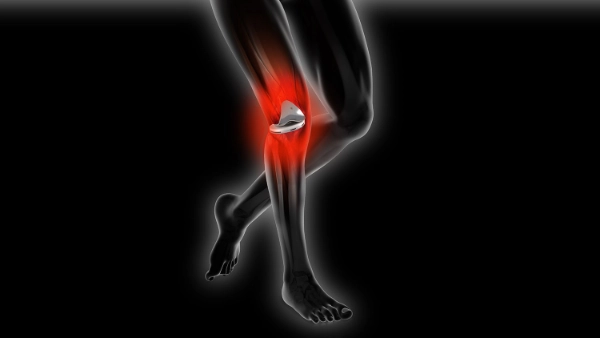Aseptic Revision in Arthroplasty
Revision procedures are mainly classified as aseptic, but in around 10% of the cases this is a false-negative diagnosis, and the loosening is caused by a periprosthetic joint infection (PJI).1

Given the higher likelihood of infection in revision arthroplasty and the catastrophic consequences of its occurrence2,3, the dual antibiotic-loaded bone cement COPAL® G+C supports the objective of more effective infection prevention.4
Supporting Study Results
57% Reduction of Infection in Aseptic Knee Revision Arthroplasty
A retrospective study by Pablo Sanz-Ruiz reported that the use of dual antibiotic-loaded bone cement (DALBC) in aseptic revision total knee arthroplasty was associated with a significant reduction in PJI cases.
A PJI rate of 4.1% was found in the single antibiotic-loaded bone cement (SALBC) group (PALACOS® R+G) vs 0% in the COPAL® G+C group (p = 0.035). The relative risk reduction was 57%, the calculated total saving per patient was $1367.5
Consider Aseptic Revision Cases as Possible Septic Ones
Aseptic revision carries the possibility of a low-grade infection. Jacobs et al. with their study showed that up to 12% of all perceived aseptic knee and hip revisions showed positive cultures.
By using a dual antibiotic-loaded bone cement greater local antibiotic efficiency can be achieved – especially in revision procedures that in general have a higher risk of infection.6
Find out more about why it makes sense to consider aseptic cases as possible septic ones in the lecture of Jon H. M. Goosen, M.D.7
